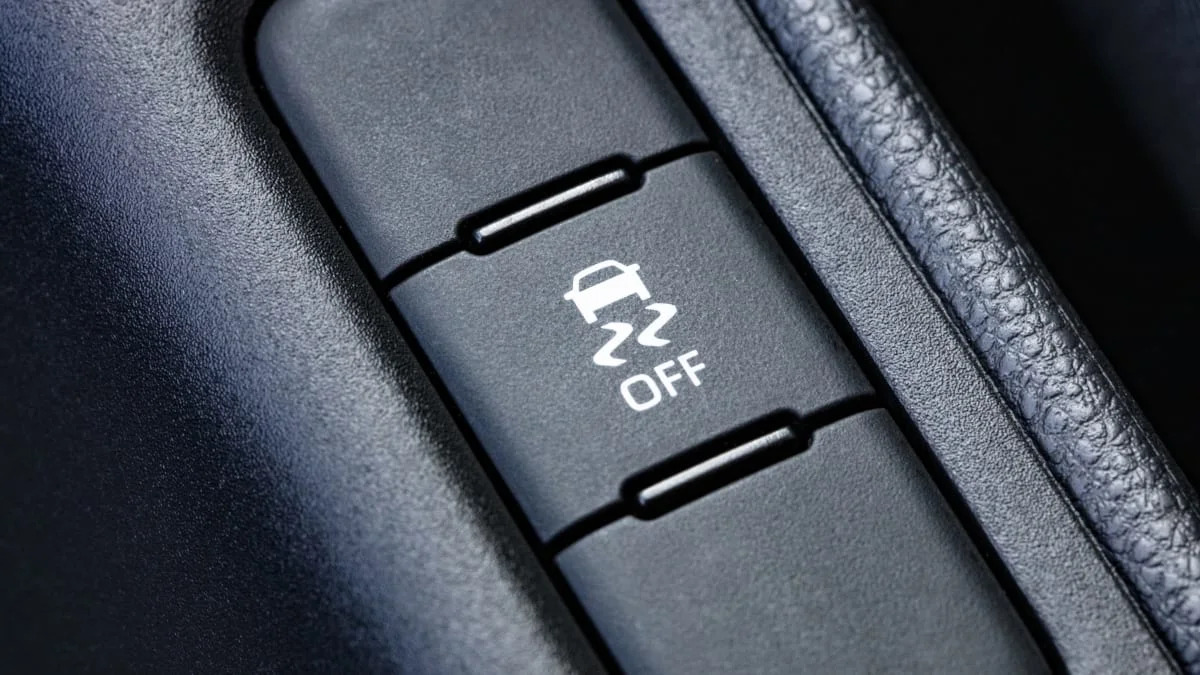
Beginner’s Guide: What Is Traction Control and What Does It Do?
Introduction
When it comes to driving, safety is of utmost importance. One of the key features that ensures a safe driving experience is traction control. But what exactly is traction control and what does it do? In this beginner’s guide, we will explore the ins and outs of traction control and its significance on the road.
Understanding Traction Control
Traction control is an advanced safety system that is designed to prevent the wheels of a vehicle from losing traction with the road surface. It works by monitoring the rotational speed of each wheel and comparing it to the speed of the vehicle. If the system detects that one or more wheels are spinning faster than the vehicle’s speed, it automatically adjusts the power being delivered to the wheels to regain traction.
By reducing wheel slippage, traction control helps the driver maintain control of the vehicle, especially in challenging driving conditions such as wet or icy roads. This technology is particularly beneficial in preventing skidding or sliding, which can lead to accidents.
How Does Traction Control Work?
Traction control systems rely on a combination of sensors, electronic control units (ECUs), and the vehicle’s braking system. The sensors monitor various parameters such as wheel speed, throttle position, and steering angle. These inputs are then processed by the ECUs, which determine if any wheel slippage is occurring.
If wheel slippage is detected, the traction control system engages. It reduces engine power by adjusting the throttle, and in some cases, applies the brakes to the spinning wheel(s). By doing so, it transfers power to the wheels with better traction, allowing the vehicle to regain stability and control.
Benefits of Traction Control
Traction control offers several benefits that contribute to a safer driving experience:
- Improved Stability: By preventing wheel slippage, traction control helps maintain stability, especially during sudden maneuvers or when driving on slippery surfaces.
- Better Control: The system ensures that power is distributed evenly to all wheels, allowing for better control and handling of the vehicle.
- Reduced Risk of Accidents: Traction control significantly reduces the risk of accidents caused by loss of control due to wheel slippage.
- Enhanced Performance: In certain situations, such as when accelerating from a standstill, traction control can improve the vehicle’s performance by optimizing power delivery.
Limitations of Traction Control
While traction control is a valuable safety feature, it does have some limitations:
- Dependence on Tires: Traction control relies on the condition and grip of the tires. Worn or improperly inflated tires may limit the effectiveness of the system.
- Extreme Conditions: In certain extreme conditions, such as deep snow or off-road driving, traction control may not be as effective. Specialized systems like four-wheel drive or all-wheel drive may be more suitable in these situations.
- Driver Awareness: Traction control is not a substitute for safe driving practices. It is important for drivers to remain vigilant and adjust their driving style accordingly, especially in adverse weather conditions.
Conclusion
Traction control is an essential safety feature that helps prevent wheel slippage and improves vehicle stability. By automatically adjusting power delivery to the wheels, it enhances control and reduces the risk of accidents. While it has its limitations, traction control remains a valuable tool in ensuring a safer driving experience. So the next time you’re on the road, remember the importance of traction control and how it contributes to your safety.





